Home>Technology>Smart Home Devices>How To Add Paper Size To Printer
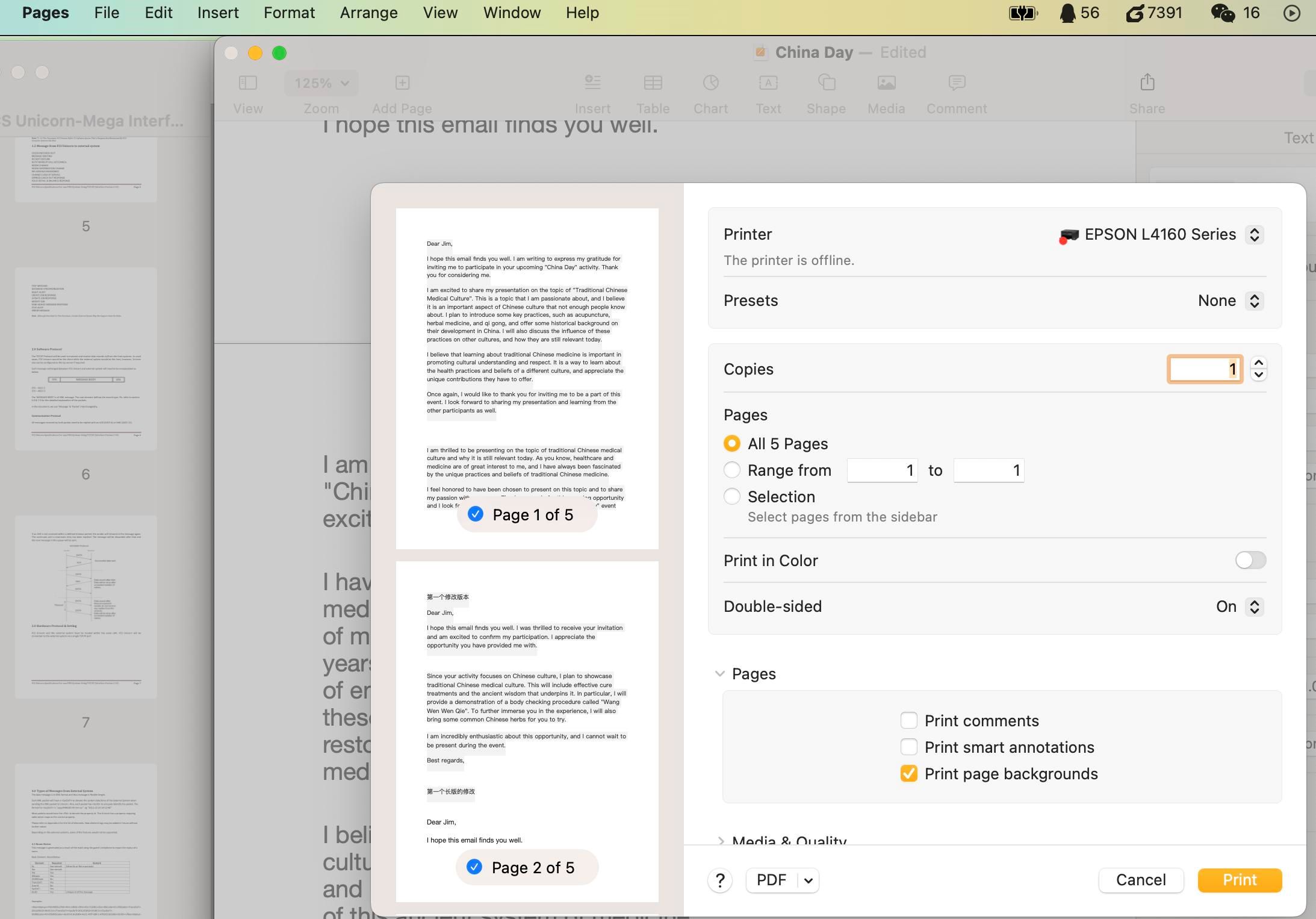

Smart Home Devices
How To Add Paper Size To Printer
Published: January 21, 2024
Learn how to easily add a new paper size to your printer for seamless printing with smart home devices. Follow our step-by-step guide now!
(Many of the links in this article redirect to a specific reviewed product. Your purchase of these products through affiliate links helps to generate commission for Storables.com, at no extra cost. Learn more)
Introduction
Welcome to the digital age, where smart home devices have revolutionized the way we interact with our living spaces. From thermostats that learn our preferred temperature settings to voice-activated assistants that can control lighting and music, the possibilities are endless. In this article, we will focus on a vital component of the modern home office – the printer. Specifically, we will delve into the process of adding a paper size to a printer, a task that can enhance efficiency and streamline your printing experience.
Whether you’re a freelancer, a student, or a professional, having the ability to customize paper sizes on your printer can be incredibly beneficial. It allows you to print documents, photos, and other materials in the exact dimensions you need, saving time and resources. By understanding the nuances of paper sizes and how to integrate them seamlessly into your printing setup, you can unlock a new level of versatility and convenience.
Join us as we explore the intricacies of paper sizes, learn how to add custom dimensions to your printer, and discover the practical advantages of this capability. By the end of this article, you’ll be equipped with the knowledge to optimize your printing processes and make the most of your smart home technology.
Key Takeaways:
- Customize your printer to add non-standard paper sizes for precise printing, saving time and resources while enhancing creativity and professional projects.
- Smart home technology allows you to seamlessly integrate custom paper sizes into your printer, optimizing your workflow and reducing waste while elevating the quality of your printed materials.
Read more: What Is The Regular Size Of Printer Paper
Understanding Paper Sizes
Before delving into the process of adding custom paper sizes to your printer, it’s essential to grasp the fundamentals of paper dimensions. While the standard paper size in most regions is the familiar A4 format, there are numerous other dimensions used for various purposes, from printing photographs to creating marketing materials.
The ISO 216 standard, which is widely adopted in many countries, defines the A series of paper sizes. The A0 size is the largest, with a surface area of one square meter, and each subsequent size is half the area of the previous one. For example, A1 is half the size of A0, A2 is half the size of A1, and so on. This systematic approach ensures consistency and compatibility across different paper sizes.
Additionally, there are alternative sizing conventions, such as the American National Standards Institute (ANSI) standard, commonly used for engineering and architectural drawings. This system includes sizes such as ANSI A, ANSI B, and ANSI C, each with specific dimensions tailored to technical and design-related applications.
Understanding the diverse range of paper sizes empowers you to select the most suitable dimensions for your printing needs. Whether you’re producing a presentation handout, a promotional flyer, or a personal project, having the right paper size at your disposal can make a significant difference in the final output’s appearance and functionality.
Furthermore, with the prevalence of digital photography, the demand for non-standard paper sizes, such as 4×6 inches or 8×10 inches, has increased. These dimensions cater to the specific requirements of printing photographs, allowing you to showcase your images with precision and clarity.
By familiarizing yourself with the various paper sizes and their respective applications, you can make informed decisions when configuring your printer to accommodate custom dimensions. This knowledge forms the foundation for optimizing your printing setup and aligning it with your unique preferences and projects.
To add a paper size to your printer, go to the printer settings on your computer. Select the option to manage paper sizes and add the new paper size you want to use. Make sure to save the changes before printing.
Adding Paper Size to Printer
Now that we have a solid understanding of paper sizes, it’s time to explore the process of adding custom dimensions to your printer. This capability enables you to seamlessly integrate non-standard paper sizes into your printing workflow, opening up a world of possibilities for creative and professional projects.
The specific steps for adding a paper size to your printer may vary depending on the make and model of your device. However, the general procedure typically involves accessing the printer settings through a computer or a dedicated control panel on the printer itself.
- Accessing Printer Settings: Begin by locating the settings menu on your printer. This can often be accessed through a touchscreen display, a series of buttons, or a web-based interface. Consult your printer’s user manual or online resources for guidance on accessing the settings specific to your device.
- Adding Custom Paper Size: Once in the settings menu, look for the option to add or customize paper sizes. This may be listed under a “Paper Handling” or “Paper Settings” section. Select this option to initiate the process of defining a new paper size for your printer.
- Entering Dimensions: When prompted, input the precise dimensions of the custom paper size you wish to add. Depending on the interface, you may be required to enter the width, length, and any additional parameters relevant to your specific requirements.
- Confirming and Saving: After entering the dimensions, review the information to ensure accuracy. Once verified, save the custom paper size within the printer’s settings. This action typically involves selecting a “Save” or “Confirm” option to store the new dimensions for future use.
It’s important to note that some printers may have limitations on the range of custom paper sizes they can accommodate. Be sure to check the specifications and capabilities of your printer to determine the extent of customization available.
By adding custom paper sizes to your printer, you empower yourself to print documents, images, and designs in the exact dimensions required for your projects. Whether you’re producing unique marketing materials, crafting personalized stationery, or printing unconventional photographs, this feature enhances your creative freedom and precision.
With the ability to seamlessly integrate custom paper sizes into your printing setup, you’re poised to optimize your workflow and elevate the quality of your printed materials. This newfound flexibility aligns perfectly with the dynamic nature of modern home offices and creative environments, where adaptability and customization are key.
Conclusion
As we conclude our exploration of adding paper sizes to a printer, it’s evident that this capability holds significant value in the context of modern printing requirements. By understanding the nuances of paper sizes and mastering the process of integrating custom dimensions into your printer, you gain a powerful tool for enhancing your printing experience.
The versatility afforded by the ability to add custom paper sizes to your printer is invaluable, particularly in creative and professional settings. Whether you’re a designer seeking precise dimensions for a project, a photographer aiming to print images in non-standard sizes, or a business professional crafting custom marketing materials, this feature empowers you to bring your vision to life with precision and accuracy.
Furthermore, the integration of custom paper sizes aligns seamlessly with the ethos of smart home devices, where customization, convenience, and efficiency are paramount. By leveraging this capability, you optimize your printing workflow, reduce waste by printing only what you need, and elevate the quality of your printed materials.
As technology continues to evolve, the convergence of smart home devices and traditional office equipment presents new opportunities for seamless integration and enhanced functionality. The ability to add paper sizes to a printer exemplifies this convergence, bridging the gap between digital innovation and practical utility.
In essence, the process of adding custom paper sizes to a printer represents a microcosm of the broader ethos of smart home technology – empowering users to tailor their environment to suit their unique preferences and requirements. It epitomizes the intersection of creativity, practicality, and technological advancement, offering a glimpse into the boundless potential of modern home office solutions.
By embracing this capability and harnessing the power of customizable paper sizes, you embark on a journey of enhanced creativity, efficiency, and precision in your printing endeavors. As you navigate the dynamic landscape of modern home office technology, the ability to tailor your printing setup to your exact specifications becomes a defining feature of your personalized workspace.
With the knowledge and insights gained from this exploration, you are poised to make the most of your smart home devices, leveraging their capabilities to enrich your daily routines and creative pursuits. The integration of custom paper sizes into your printing repertoire serves as a testament to the seamless fusion of innovation and practicality, marking a significant step in the evolution of modern home office experiences.
Frequently Asked Questions about How To Add Paper Size To Printer
Was this page helpful?
At Storables.com, we guarantee accurate and reliable information. Our content, validated by Expert Board Contributors, is crafted following stringent Editorial Policies. We're committed to providing you with well-researched, expert-backed insights for all your informational needs.
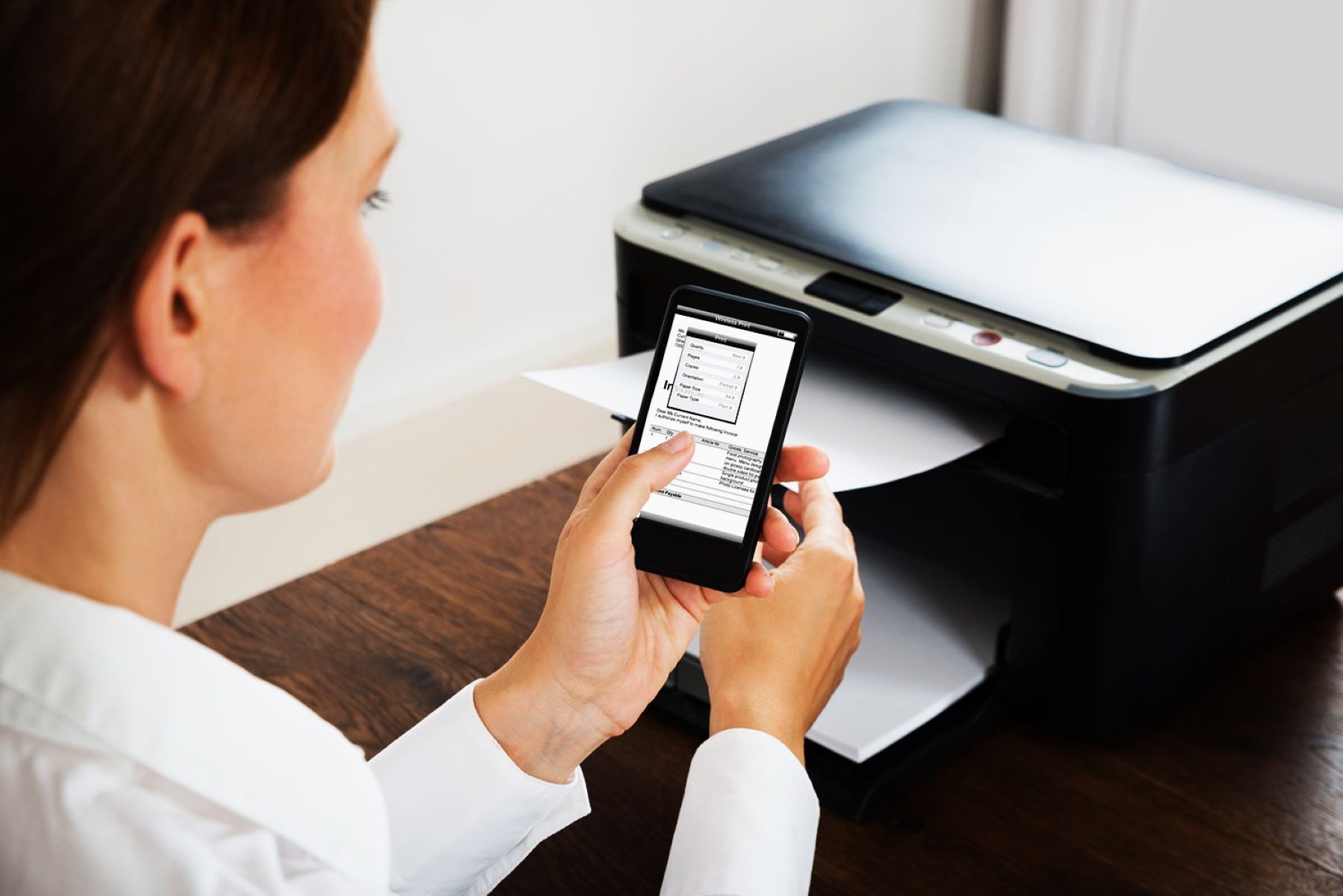
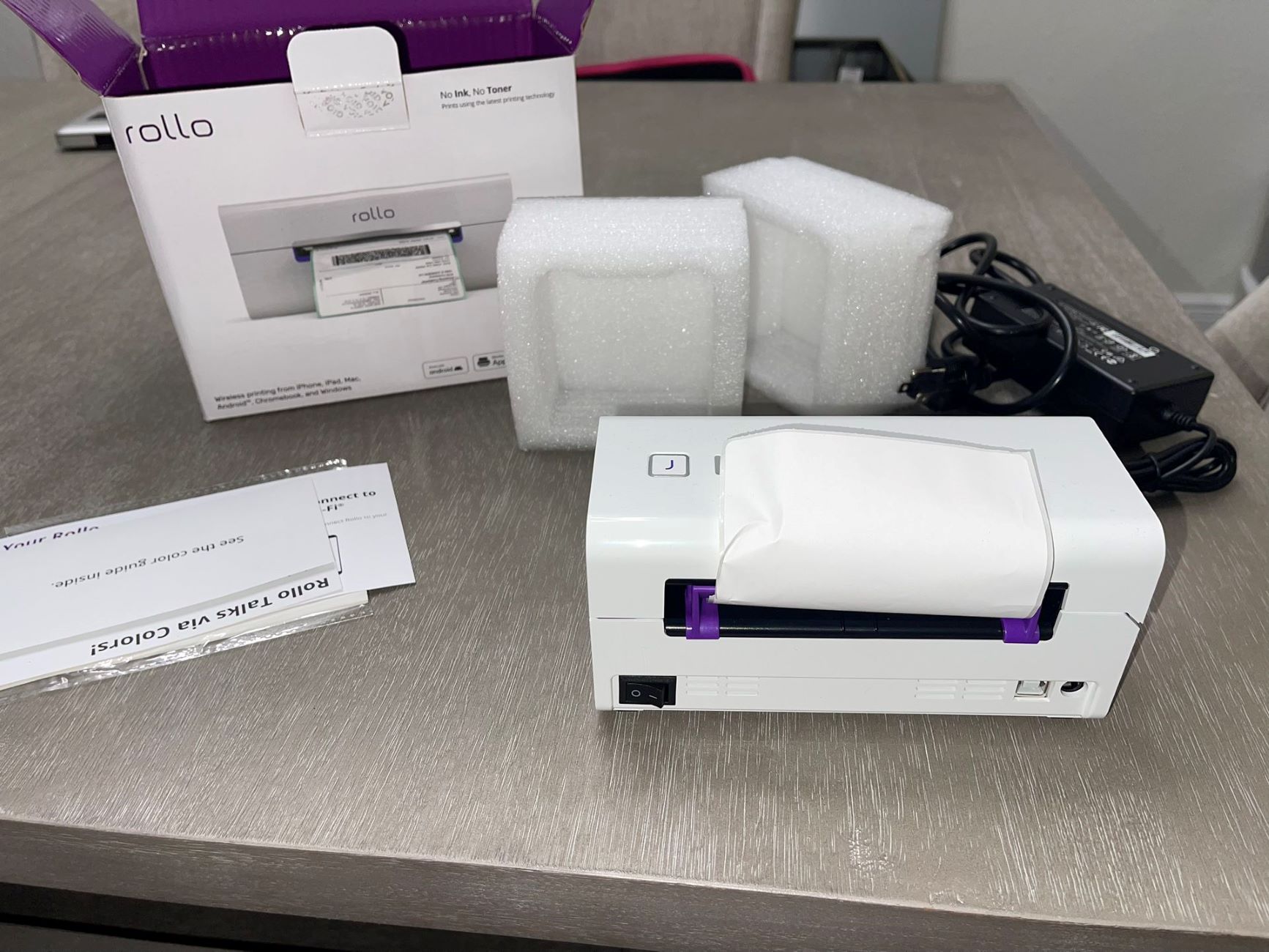
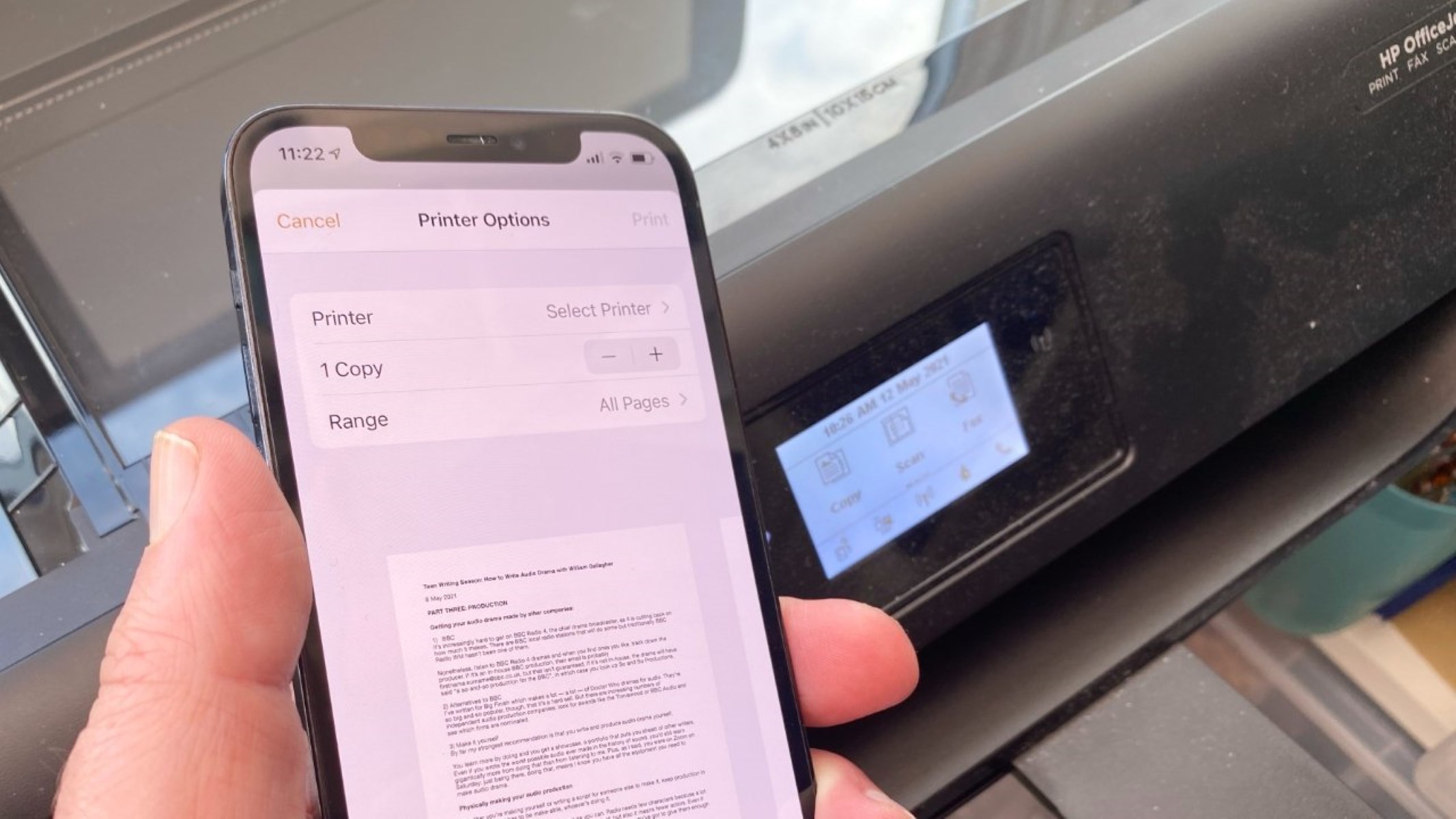
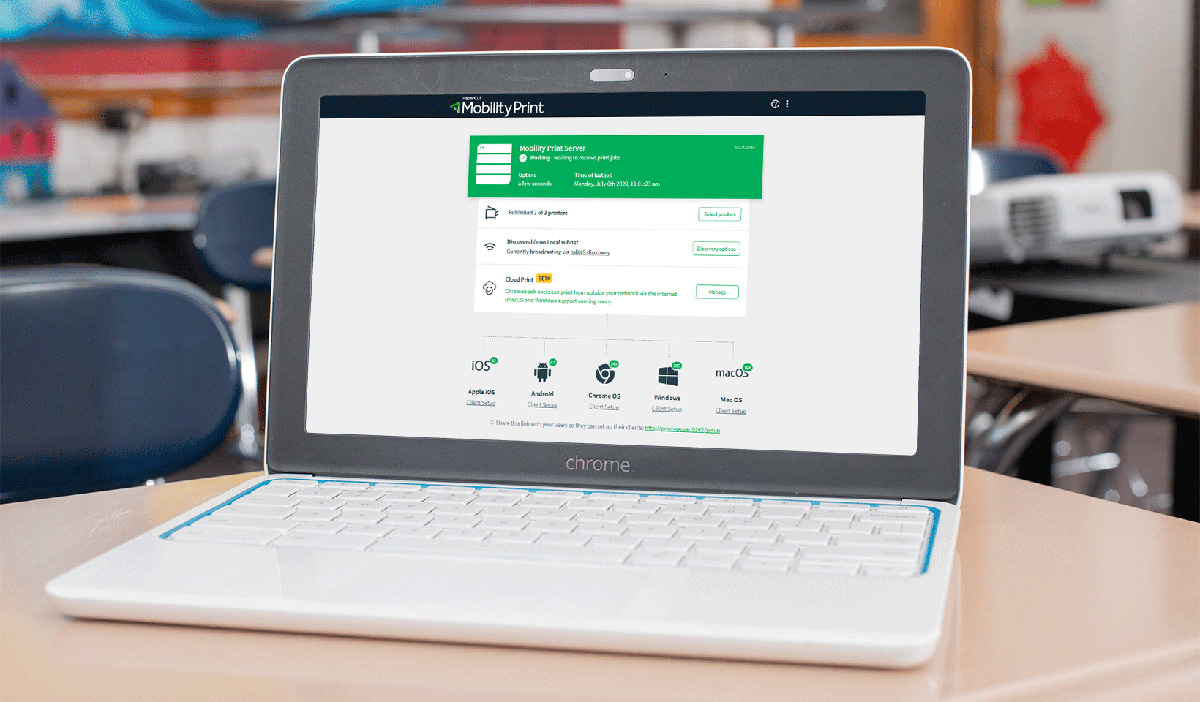
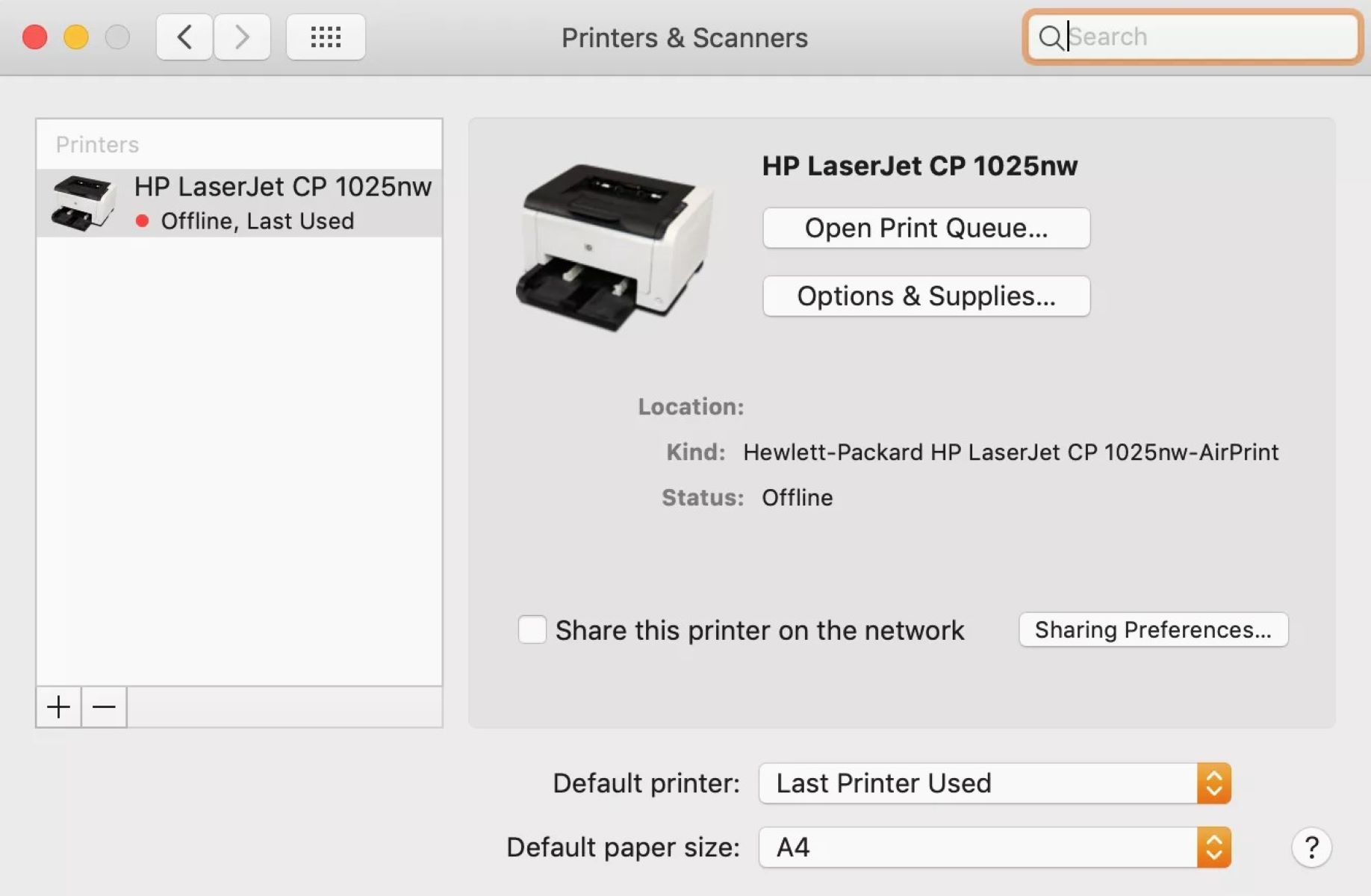


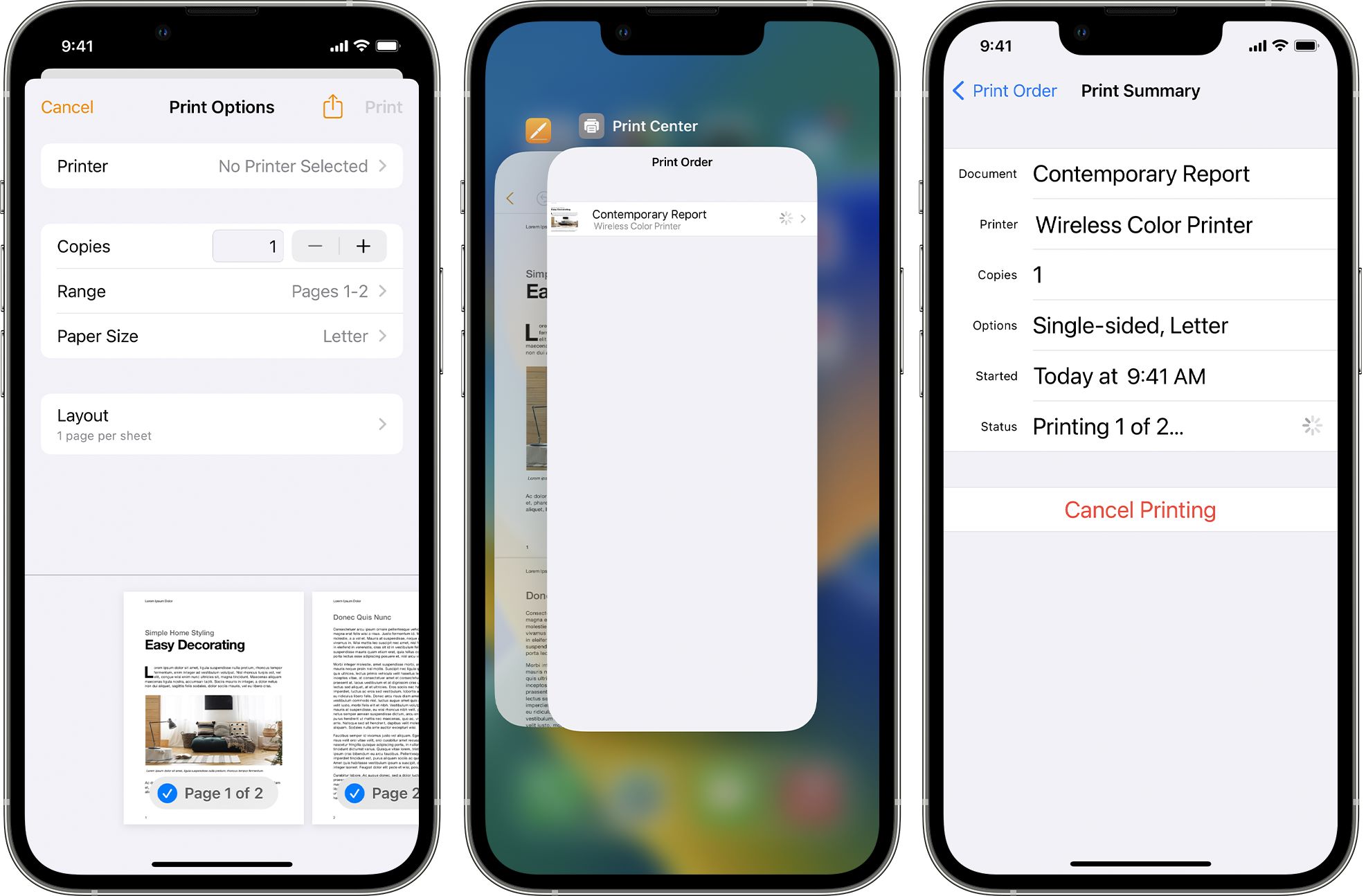


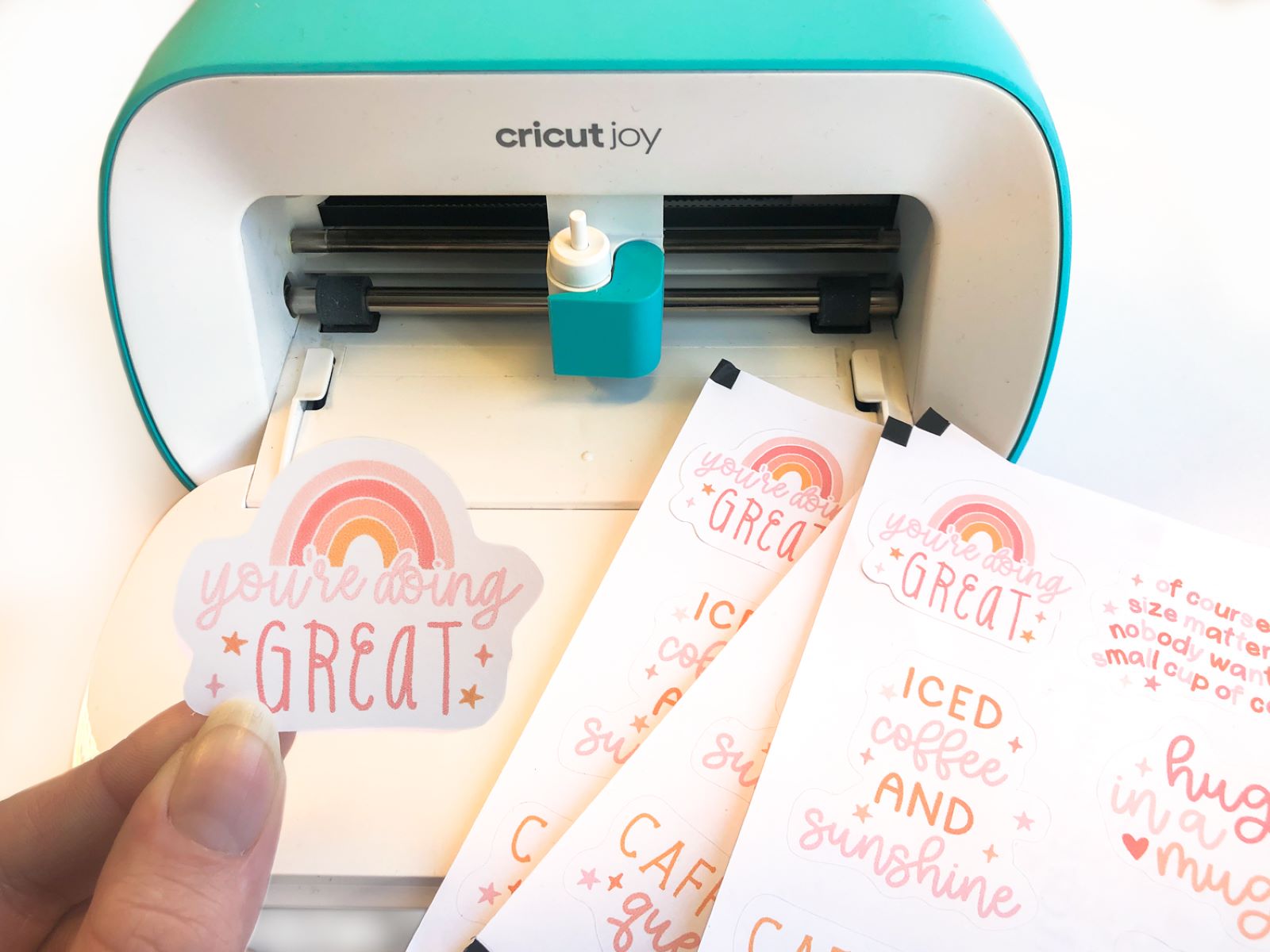
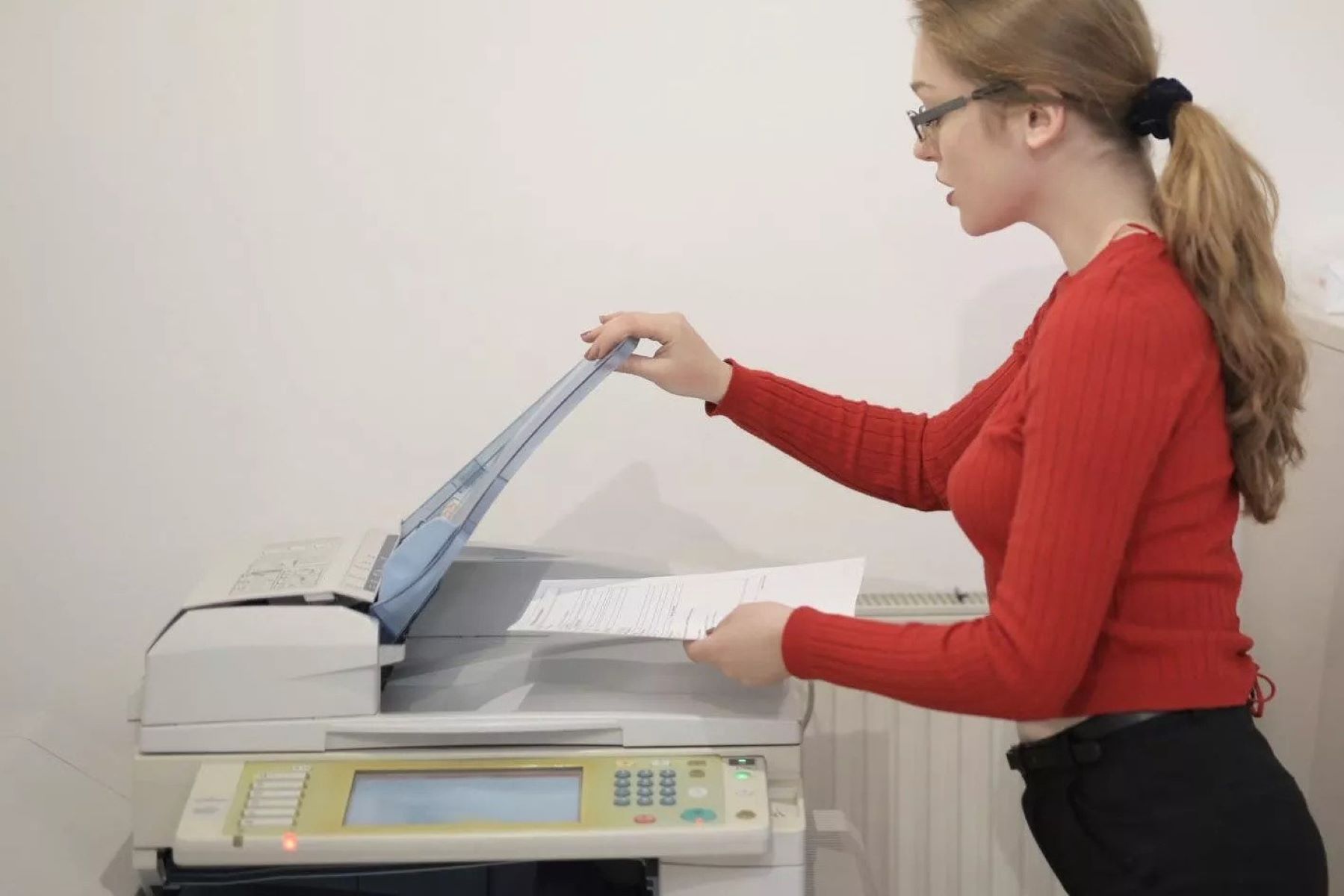
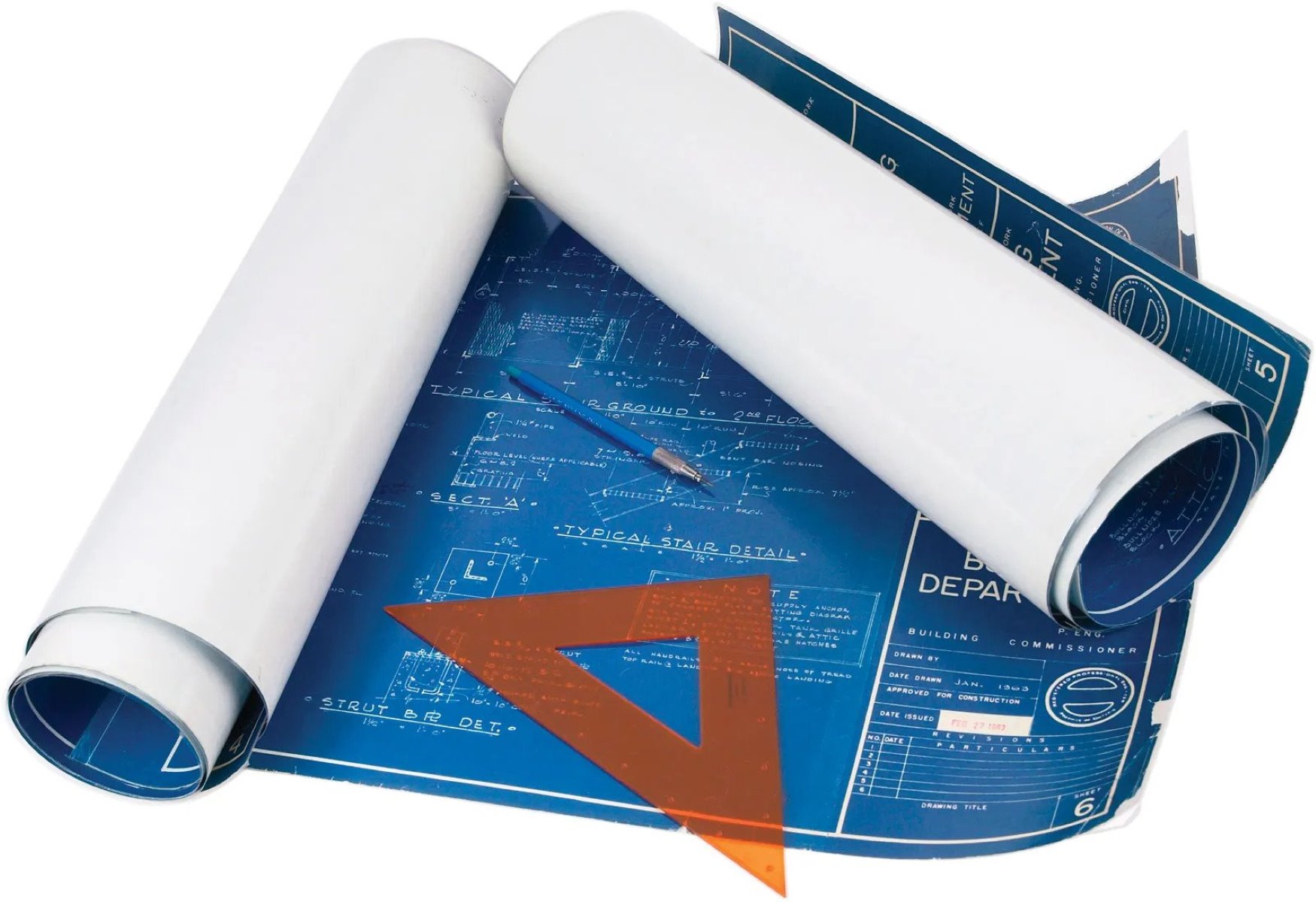
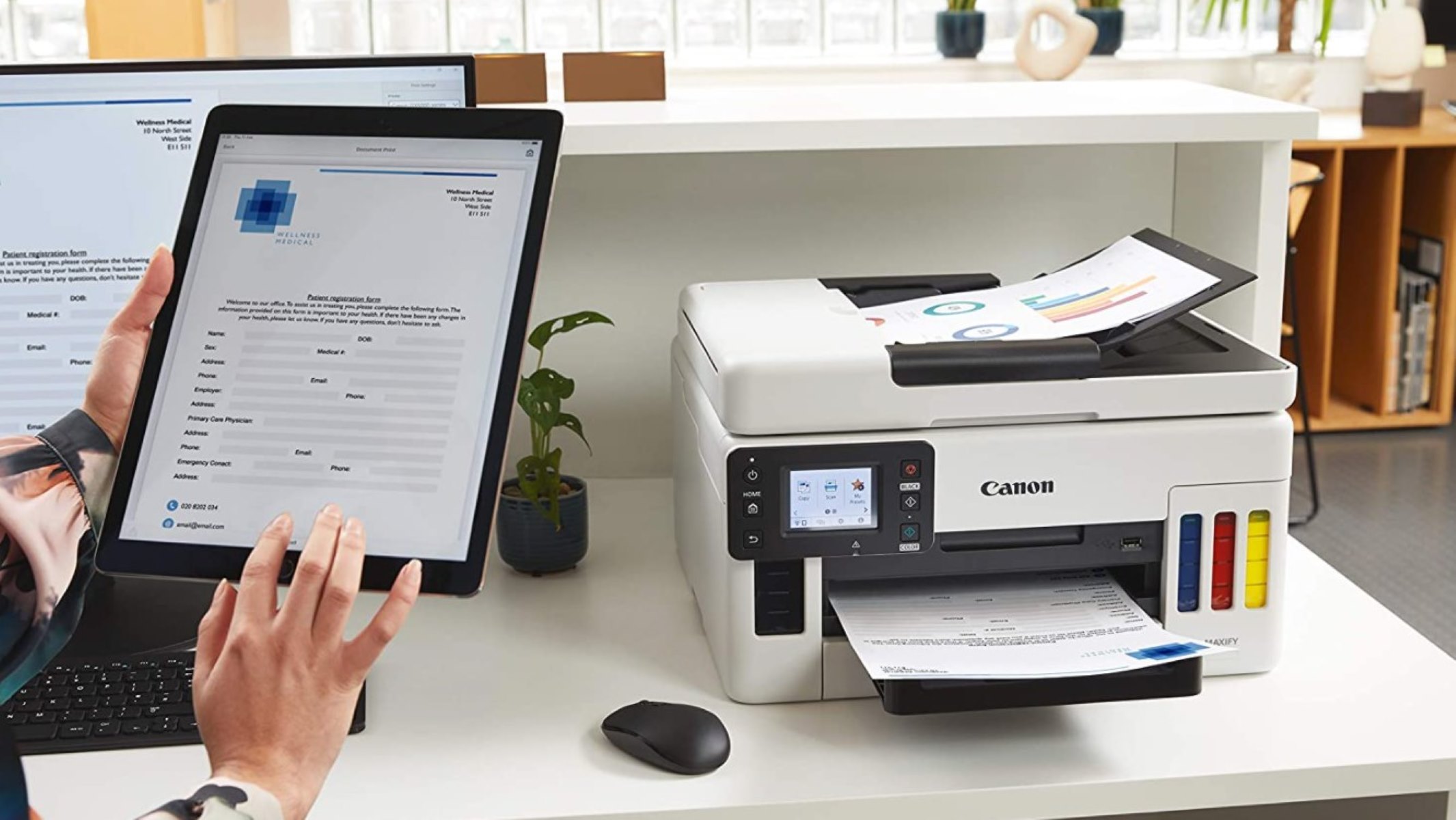


0 thoughts on “How To Add Paper Size To Printer”